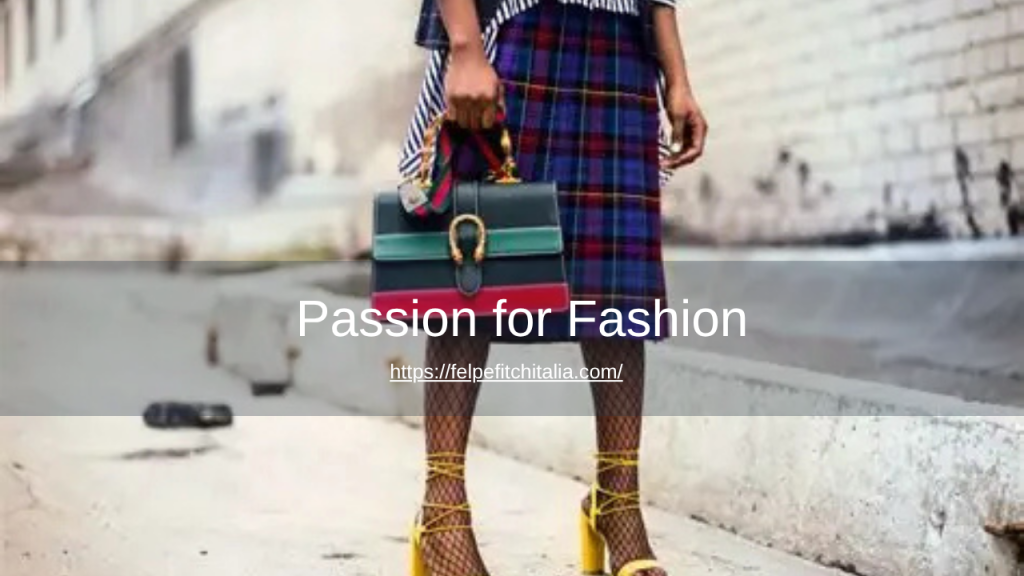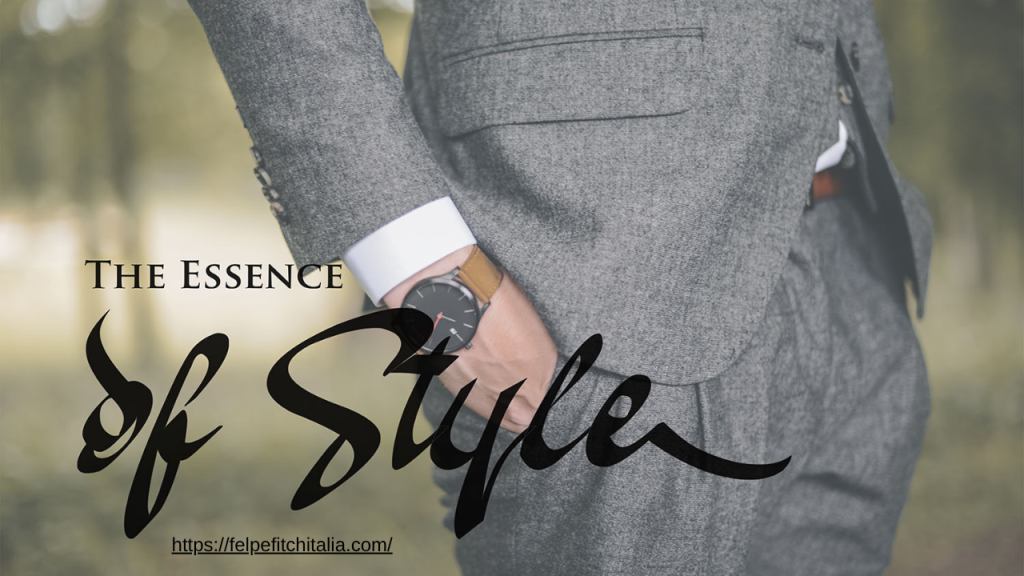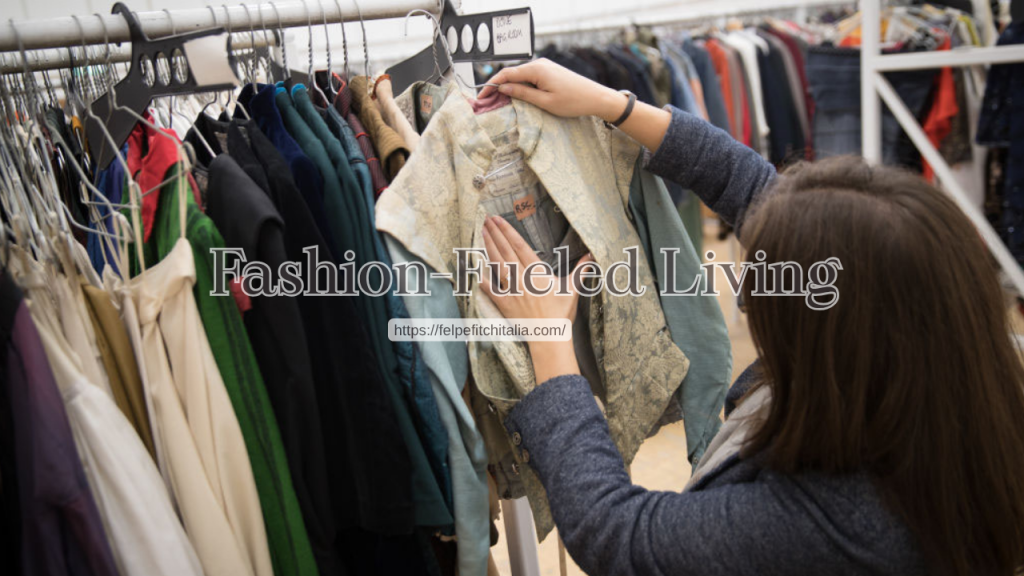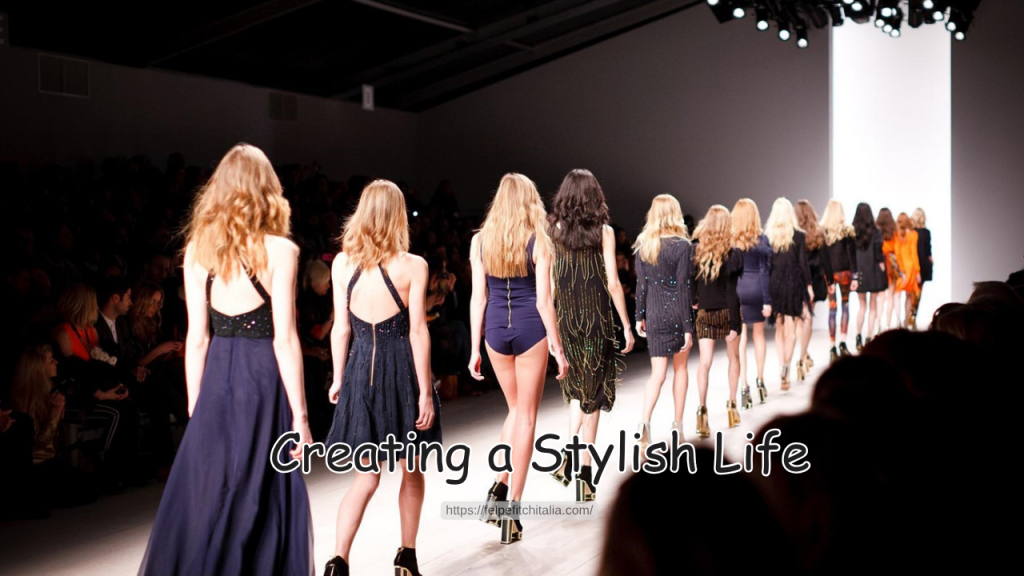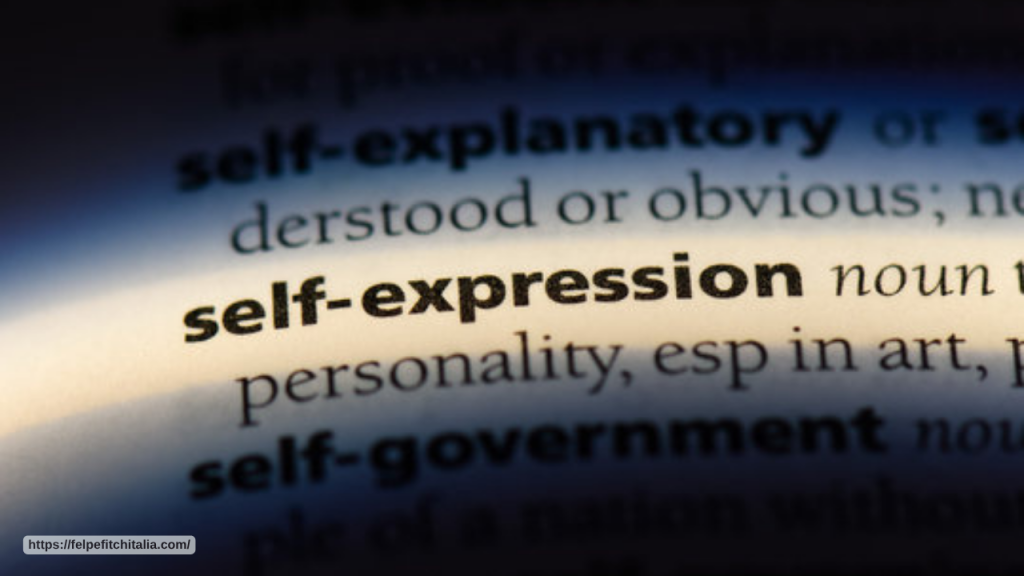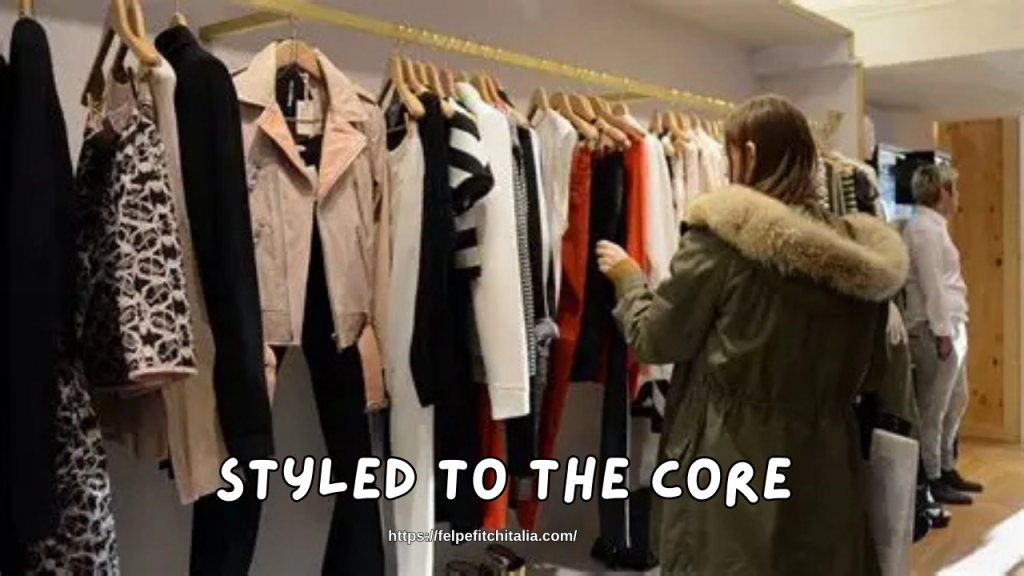
Fashion is often seen as a matter of trends and aesthetics, but it can also be a powerful tool for emotional wellness. For individuals navigating addiction recovery or mental health challenges, personal style offers more than just a way to look good—it provides a means to express identity, foster self-confidence, and create daily rituals that support emotional balance.
At Felpe Fitch Italia, we understand that healing is holistic. Our programs combine addiction recovery services, mental health treatment, inpatient and outpatient care, and faith-based approaches. We also recognize that integrating personal interests, like fashion, into daily life can reinforce emotional well-being and complement the recovery process.
The Connection Between Fashion and Emotional Health
Recovering from addiction or managing mental health requires self-awareness and intentional living. How we present ourselves can influence not only how others perceive us but also how we feel internally. Clothing, colors, and style choices can impact mood, confidence, and even motivation, making fashion a subtle yet effective tool for emotional wellness.
Why Style Matters in Recovery
- Expressing identity: Fashion allows individuals to communicate who they are, reinforcing a sense of self that may have been lost during addiction.
- Boosting confidence: Wearing outfits that make you feel comfortable and authentic can improve self-esteem and encourage positive self-perception.
- Creating structure: Mindful wardrobe choices and daily dressing routines provide consistency, which is critical for emotional stability.
By turning fashion into a mindful practice, individuals can cultivate habits that support both emotional health and overall well-being.
Practical Ways to Use Fashion for Emotional Wellness
Fashion can be a form of self-care and therapy when approached with intention. Here are strategies to integrate style into a holistic wellness plan:
1. Mindful Dressing
Start each day with intention by choosing clothing that aligns with your mood or goals. Consider colors that uplift your spirits or textures that provide comfort. This practice encourages awareness and sets a positive tone for the day.
2. Celebrate Milestones
Use fashion to mark progress in your recovery. Wearing a favorite outfit, a meaningful accessory, or a new piece of clothing can serve as a tangible reminder of achievements and personal growth.
3. Comfort and Functionality
Select clothing that feels good and allows ease of movement. Comfort contributes to emotional balance, while clothing that fits well helps reinforce a sense of control and confidence.
4. Align with Values
For those participating in faith-based or holistic programs, clothing choices can reflect personal beliefs and priorities. Wearing items that resonate with your values strengthens authenticity and self-respect.
5. Express Creativity
Experimenting with style fosters creativity and joy, which are important for emotional resilience. Trying new combinations or accessories can create excitement and provide a positive outlet for expression.
6. Build Positive Routines
Consistent wardrobe rituals, such as planning outfits or organizing your closet, add structure to daily life. Structure is a critical component of recovery, providing stability and reducing stress.
Integrating Fashion into Holistic Healing
At Felpe Fitch Italia, recovery is more than physical sobriety. It includes emotional, mental, and spiritual wellness. Fashion serves as a bridge between inner healing and outward expression, reinforcing self-worth and supporting a balanced lifestyle. By incorporating personal style into daily routines, individuals can strengthen confidence, maintain mindfulness, and celebrate growth in a tangible way.
Fashion as a Tool for Healing
Your love of fashion is more than a hobby—it can be a tool for emotional wellness, self-expression, and personal growth. Integrating style into your recovery journey encourages confidence, mindfulness, and structure, all of which are essential for holistic healing.
At Felpe Fitch Italia, we provide compassionate, individualized care designed to help you rebuild your life from the inside out. If you or a loved one are ready to embrace recovery and integrate practices that support emotional and mental well-being, reach out today. Fashion can become more than clothing—it can be part of your path to lasting wellness.


